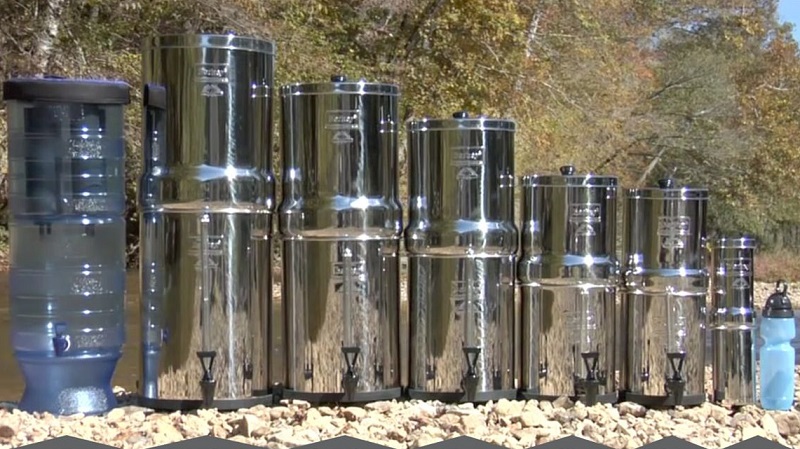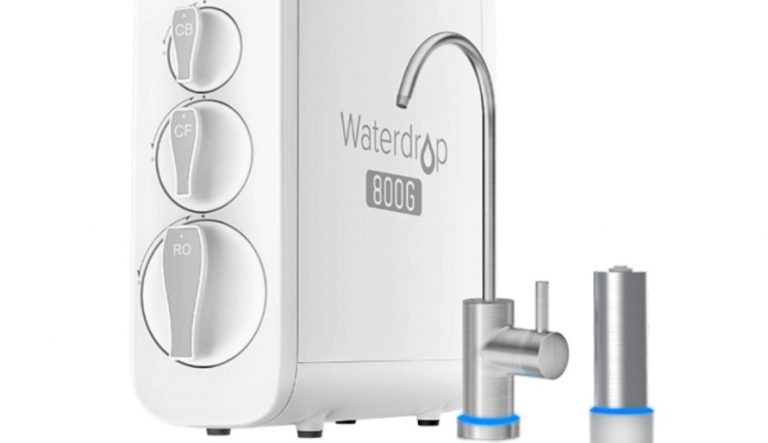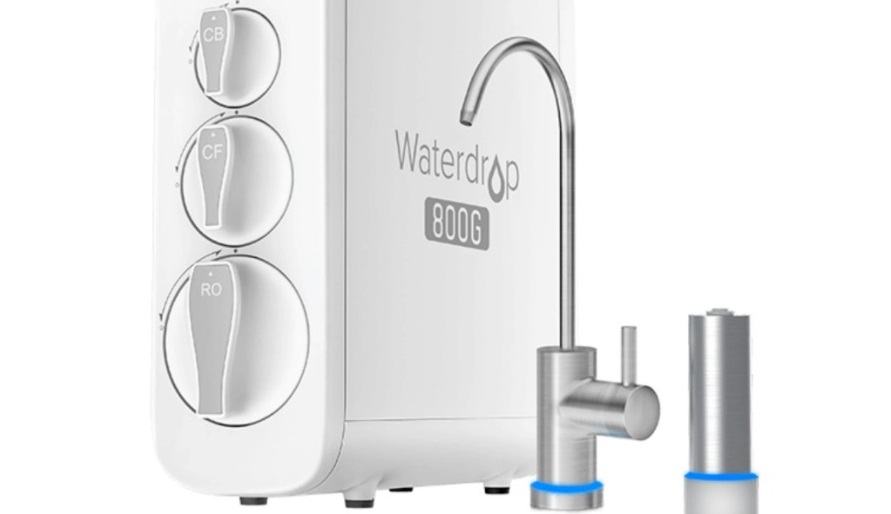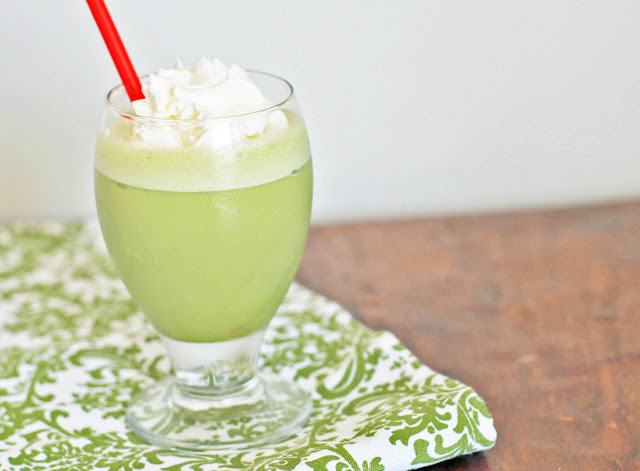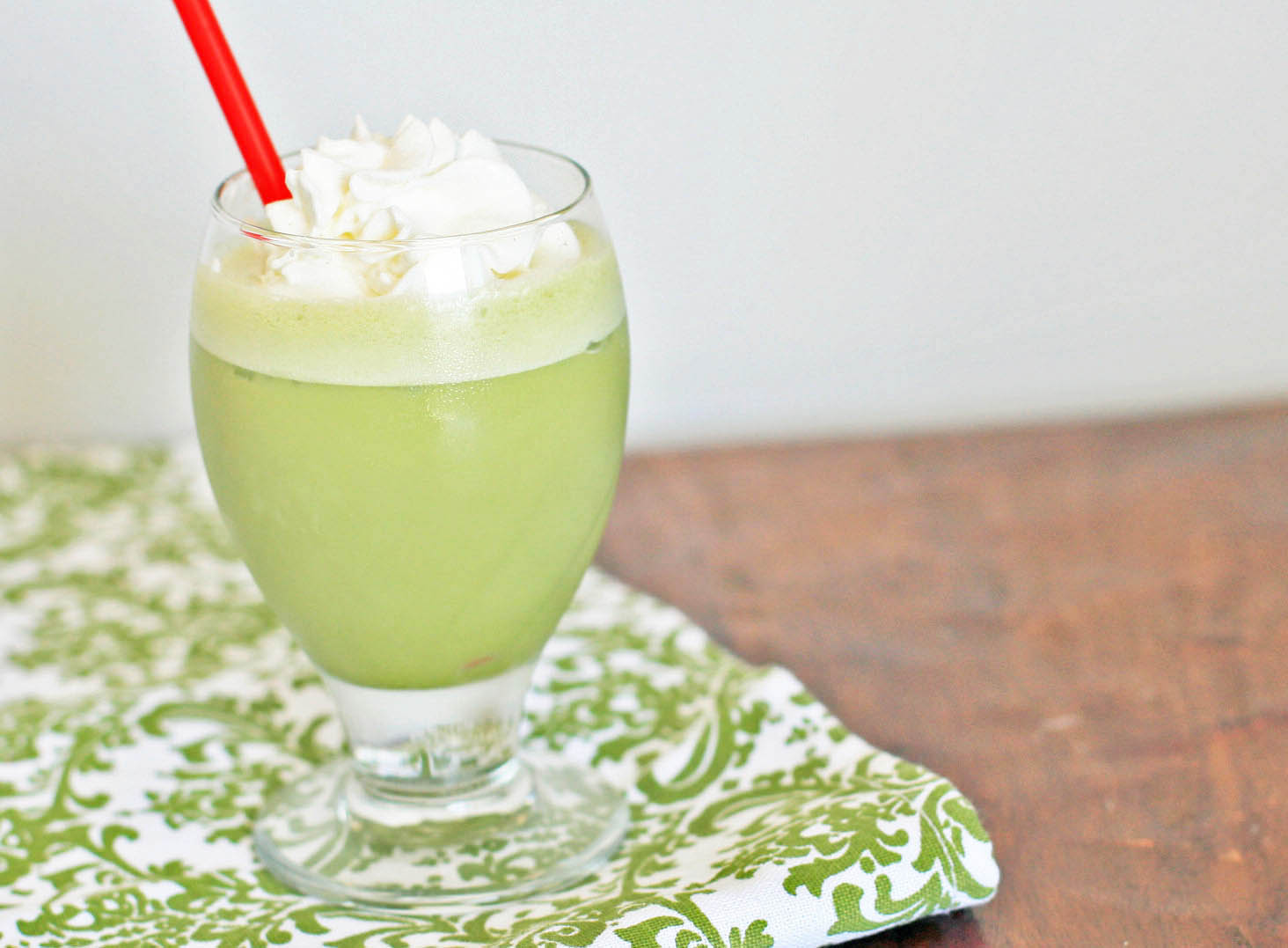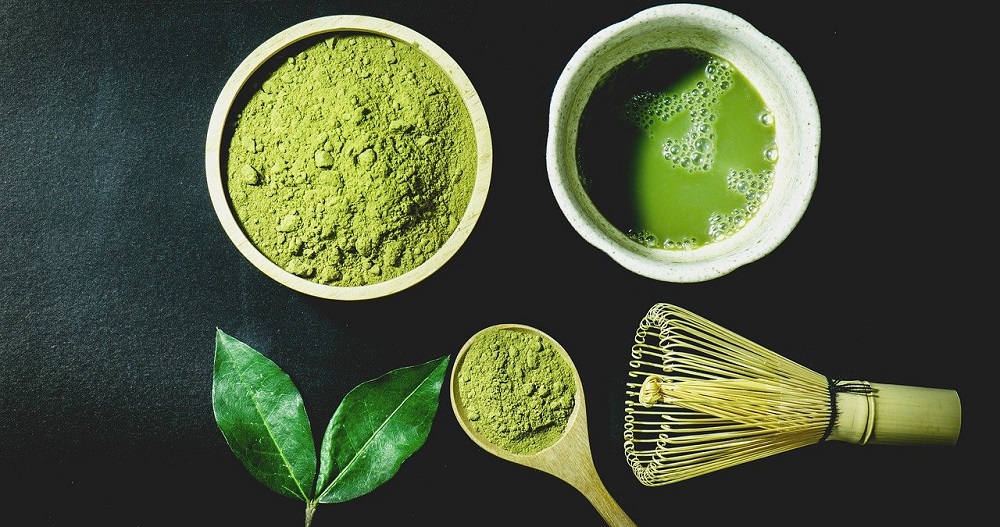Traditional fermented drinks like kombucha and kefir are getting more popular. People want natural drinks that are good for their health. Kombucha, made from fermented tea, is loved for its probiotics and tasty flavors.
Kefir, a fermented dairy drink, is also on the rise. It’s known for its probiotics and helping with digestion. These beverages are a great choice for those avoiding sugary drinks. They offer a healthy, gut-friendly option.

The Resurgence of Fermented Beverages
The global market for fermented foods and drinks has seen a big increase, valued at almost 575 billion USD now. It’s expected to go over 989 billion USD by 2032. This rise is thanks to more people learning about the health perks of these products.
The Growing Popularity of Kombucha
Kombucha, a fermented tea, leads this fermentation comeback. It’s made by fermenting sweetened tea with a SCOBY (Symbiotic Culture of Bacteria and Yeast). This gives kombucha a fizzy, tangy taste, often with fruity flavors.
The fermentation adds good bacteria and yeasts that help gut health. This makes kombucha a hit with those who care about their health. It’s also full of antioxidants, especially from green or black tea, which adds to its charm.
Kefir: A Probiotic-Rich Dairy Delight
Kefir, a probiotic-rich dairy drink, is also gaining fans. It’s made by fermenting milk with kefir grains, a mix of bacteria and yeast. This creates a fizzy drink full of probiotics.
Kefir can be made from cow, goat, or plant-based milks, making it a good choice for those who can’t have lactose. Kefir made from goat milk is particularly popular for its creamy texture and slightly tangy flavor, offering a unique alternative for those seeking variety in their probiotic drinks (buy this goat milk). The fermentation process also makes the lactose easier to digest. This makes kefir even more appealing.
These fermented drinks like kombucha and kefir are great for gut health, boosting immunity, and aiding digestion. As people look for healthier and more sustainable drinks, these traditional fermented options are becoming more popular.
The Art of Fermentation: Crafting Unique Flavors
The art of fermentation opens up a world of exciting flavors in kombucha and kefir. It changes the base ingredients like tea or milk into many different tastes. Kombucha makers can try various teas, fruits, herbs, and spices for unique drinks. Kefir can also be mixed with fruits, herbs, coffee, or chocolate for different tastes.
This creativity in making these drinks has made them more popular. People like trying new and personal flavors. Fermentation lets people make their own special taste mixes that excite the taste buds.
Imagine a tangy, bubbly kombucha with hibiscus flavor or creamy kefir with coffee taste. With fermentation, kombucha and kefir lovers can start a tasty journey. They can bring out the best in these drinks, giving everyone a unique taste experience.
| Unique Kombucha Flavors | Unique Kefir Flavors |
| Ginger Lime | Blueberry Lavender |
| Raspberry Rose | Mocha Chip |
| Turmeric Citrus | Strawberry Basil |
Fermentation lets people make drinks with special tastes. It shows the passion and creativity of those making these drinks. By trying different ingredients and methods, kombucha and kefir fans can keep making new and exciting flavors. This captivates the senses and meets the need for something unique.
Potential Health Benefits of Fermented Beverages
Fermented drinks like kombucha and kefir are more than just trendy. They are packed with health benefits. These benefits come from the probiotics, which are good bacteria and yeasts that grow during fermentation.
Probiotic Power
A healthy gut is key to many health benefits. Fermented drinks help by adding good bacteria to your gut. This can improve digestion, Supergreens boost your immune system, and even make you feel happier and look better.
These drinks can ease digestive problems like irritable bowel syndrome, diarrhea, and constipation. Kefir is great for those who can’t digest lactose well. The fermentation process breaks down lactose, making it easier to digest.
Antioxidant Advantages
Fermented drinks like kombucha are also full of antioxidants. Kombucha, made from green or black tea, has polyphenols and other antioxidants. These can fight off free radicals and lower oxidative stress.
Antioxidants in these drinks may help your heart stay healthy. They could lower cholesterol and blood pressure. The fermentation process makes these antioxidants easier for your body to use.
With probiotics and antioxidants, fermented drinks are a great choice for boosting your health.
For those exploring modern health-conscious drinks, hemp beverages are another exciting addition to the lineup of traditional fermented options like kombucha and kefir.
Conclusion
The comeback of drinks like kombucha and kefir has made people interested in fermentation again. These drinks are full of health benefits, thanks to their probiotics and antioxidants. People love the chance to try new and unique flavors through customization.
More people want drinks that are good for their gut and natural. So, kombucha, kefir, and other fermented drinks are getting more popular. They offer a tasty and healthy choice instead of sugary drinks. These traditional beverages are not just for health. They also remind us of the joy of old fermentation methods.
In today’s changing food and drink world, fermented drinks like kombucha and kefir show how tradition and innovation can come together. They meet the need for better gut health and more antioxidants. With their ability to be customized, these drinks are likely to keep gaining fans.
FAQ
What is the difference between kombucha and kefir?
Kombucha is a fermented tea drink. Kefir is a fermented dairy drink. Kombucha uses a SCOBY (Symbiotic Culture of Bacteria and Yeast) to ferment sweetened tea. Kefir uses kefir grains, a mix of bacteria and yeast, to ferment milk.
What are the potential health benefits of kombucha and kefir?
Both drinks are full of probiotics, which help with gut health, digestion, and immunity. Kombucha also has antioxidants, especially from green or black tea, which can help the heart. Kefir is great for those who can’t digest lactose well because fermentation makes it easier to digest.
How can I customize the flavors of kombucha and kefir?
You can make unique flavors in both kombucha and kefir through fermentation. Kombucha makers can use different teas, fruits, herbs, and spices. Kefir can be flavored with fruits, herbs, coffee, or chocolate to suit your taste.
How has the popularity of kombucha and kefir changed in recent years?
More people are now interested in natural, health drinks like kombucha and kefir. Kombucha has seen a big rise in popularity. Kefir is also becoming more popular for its probiotics and digestive benefits.
What is the connection between fermentation and the potential health benefits of these beverages?
Fermentation adds good bacteria and yeasts that can balance the gut. A balanced gut is linked to better digestion, immunity, mood, and skin health. Fermentation also makes antioxidants easier for the body to use.



